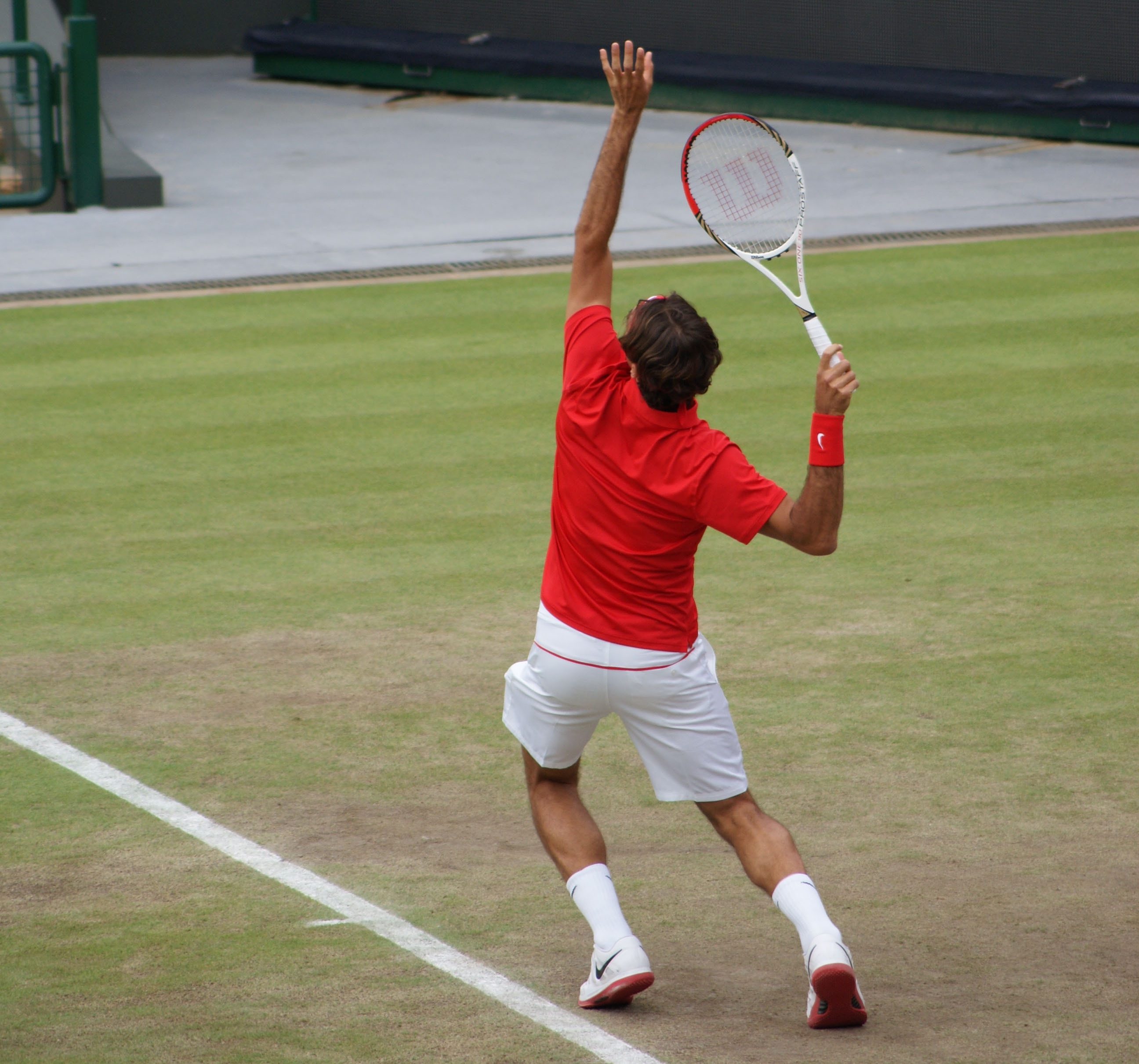No Canadian man or woman has won a singles grand slam. But the elusive singles title is coming to Canada. It’s just a matter of time.
Though Tennis Canada doesn’t have the resources of the grand slam hosting countries like US, France, Australia or Great Britain, it has done an excellent job of recruiting and creating a pipeline of tennis players who could dominate the game for next 20-30 years.
But it wasn’t always riches for Canadian tennis. In 2005, no Canadian man had ranked in the top 50 in 21 years. Women fared slightly better but not enough to consistently win tournaments at the top level.
Things were so dire that at one point, ATP had threatened to pull the ATP Masters tournament (Canadian Open) because its facilities were not up to par. Cash strapped, Tennis Canada came up with a plan to revitalize its tennis program to keep up in an increasingly competitive sport.
It took a decade for the results to show up. In 2014, Milos Raonic and Eugenie Bouchard were ranked in the Top 10 of the ATP and the WTA tour respectively. Canada was consistently in the World Group in Davis Cup and Fed Cup. But it was only the beginning.
Raonic and Bouchard didn’t win a grand slam but both reached the Wimbledon final. But the other kids were coming along in Canada’s tennis program. Denis Shapovalov, Felix Auger-Aliassime and Bianca Andreesu had considerable success in the juniors and are starting to shine on the professional tour.
How did Tennis Canada do it? How did a cash strapped country with limited tennis facilities become a force in tennis?
Money and Facilities
Tennis Canada CEO Michael Downey used his business skills to increase the cash flowing into the tennis program from two big tournaments hosted in Canada. From 2005 to 2015, that money tripled from $3 million to $9 million.
Tennis Canada opened a national tennis center for full-time residential coaching of promising juniors. It hired Louis Borfiga, who led the junior national tennis program in France.
Hiring Right People and Focusing on Junior Player Development
Louis Borfiga
It lured the highly respected Louis Borfiga to be the Tennis Canada’s Vice President of High Performance & Athlete Development. He previously ran the French Tennis Federation and worked with players such as o-Wilfried Tsonga, Gael Monfils, Gilles Simon, Julien Benneteau and Nicolas Mahut during their junior years.
Bob Brett
As Boris Becker’s coach, Brett guided the German to Boris Becker to the Australian Open, Wimbledon and US Open titles. Instead of assigning him to help the ATP professionals from Canada, Tennis Canada put him in charge of our Under-14 program. Brett was tasked with identifying word-class talent with high probability of success among the juniors.
Allow Players To Train Overseas
There are two distinct funding models for player development in tennis. A country like France that consistently produces top players identifies promising tennis players at a young age and takes them under its wing. It shepherds these players through their junior playing years and ultimately into the professional tour, controlling every aspect of their tennis lives.
On the other hand, the US has many for-profit tennis academies such as the Bolletieri Academy. Player development at the junior level is often left to parents and the tennis academies. Once players show promise, the Unites States Tennis Association (USTA) provides the resources to ensure success at the professional level of the game.
Canada took a slightly different approach from the French Federation and the USTA. While Tennis Canada funded the high performance players, it allowed them to to leave Canada to train. Milos Raonic went to Spain with coach Galo Blanco at his 4Slam Tennis academy in Barcelona, and Eugenic Bouchard trained in Florida at the Nick Saviano Academy in Fort Lauderdale (where Sloane Stephens also trained) under the guidance of Tennis Canada.
High Standards for Funding
Tennis Canada developed a development path for each player it identified and established criteria that players had to meet to gain and maintain funding. This ensured that Canada was spending its resources wisely and getting a solid return on its investment.
Grand Slam Pursuit
With the right people and the right program in place, Canada waits for its first grand slam champion. It’s certainly coming.
